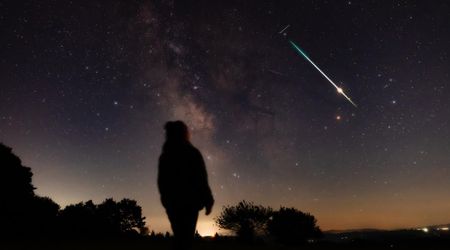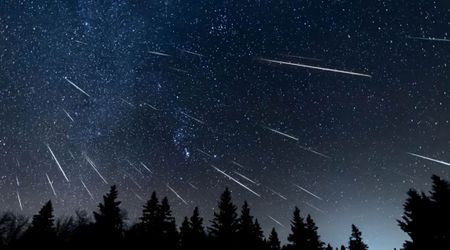Northern Taurids meteor shower has begun: How to watch it and other October meteors lighting up the sky

The night skies are currently hosting an unusually busy celestial event, as three distinct meteor showers are currently active, with the Northern Taurids officially joining the celestial display. The busy meteor season, which began in September, will continue to light up the night sky well into November, as mentioned by the American Meteor Society.
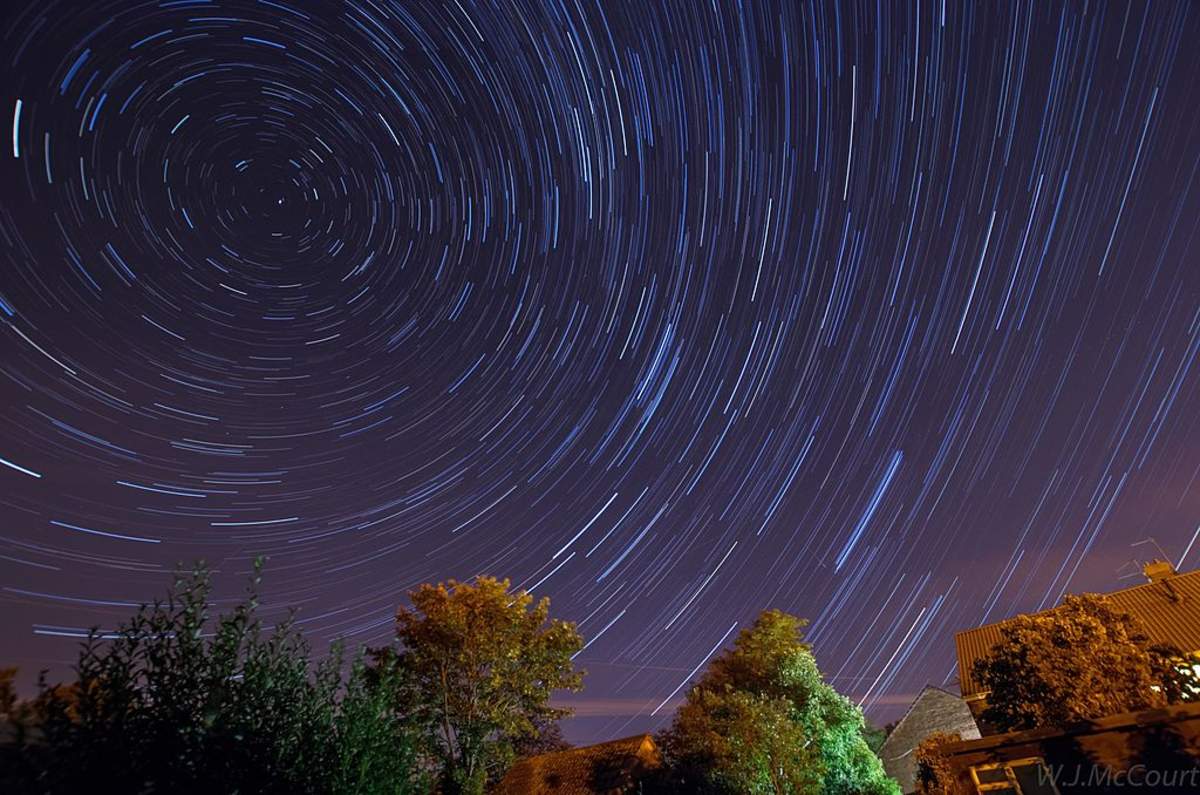
The Northern Taurids officially began their run on October 20 and will remain active through December 10. While considered a modest shower on its own, its presence alongside the Southern Taurids in late October and early November often results in a notable spike in spectacular fireballs. The best viewing window for the Northern Taurids will be the night of November 11-12. Like its southern counterpart, the Northern Taurids are fragments from Comet 2P/Encke. Meteors from this shower are slow-moving at 18 miles per second, with an expected hourly rate (ZHR) of about 5.
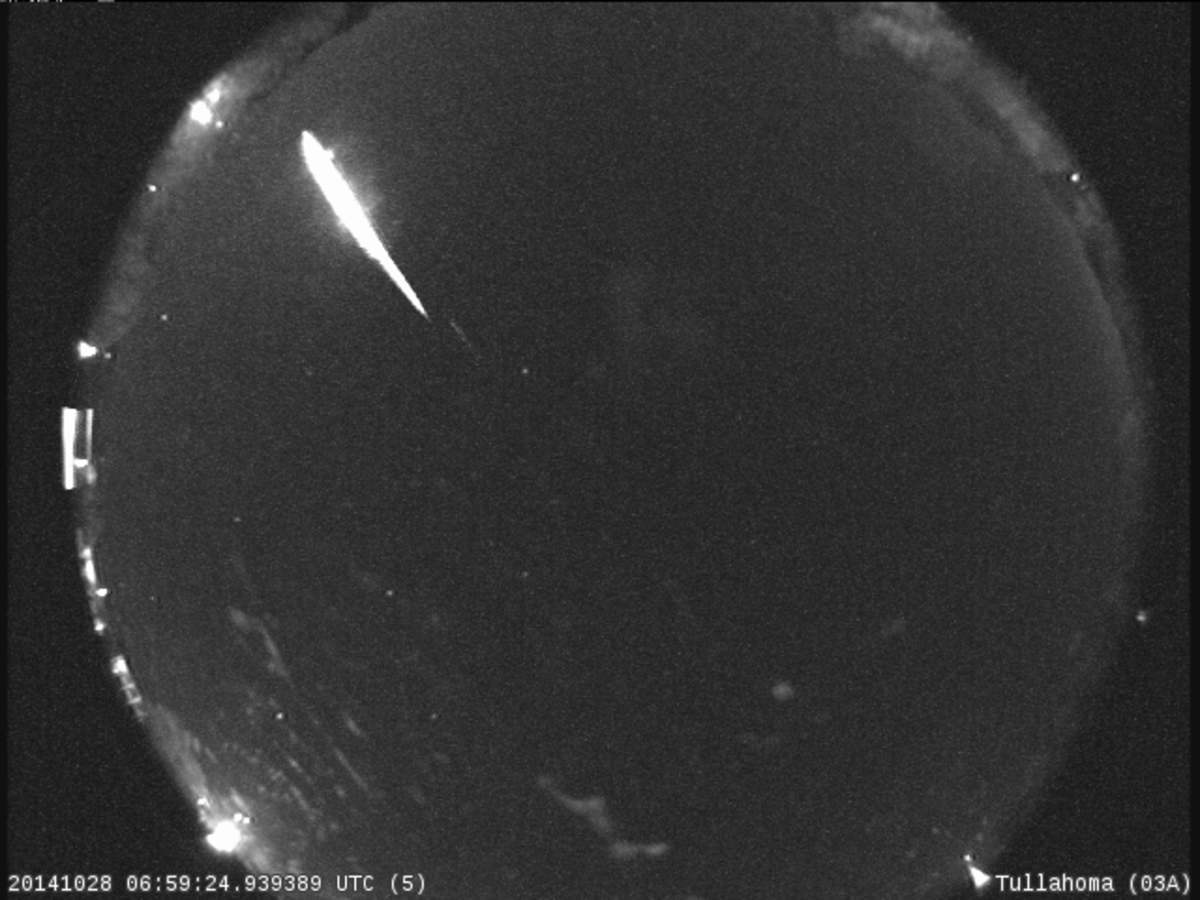
Already active since September 20, the Southern Taurids are known for generating a high number of fireballs, exceptionally bright meteors. This year is particularly promising for fireball activity due to a recurring swarm component within the shower. The shower is slated to reach its maximum on the night of November 4-5. However, the moon will be full, creating significant glare. Also originating from Comet 2P/Encke, the meteors move at a similarly slow speed of 17 miles per second.
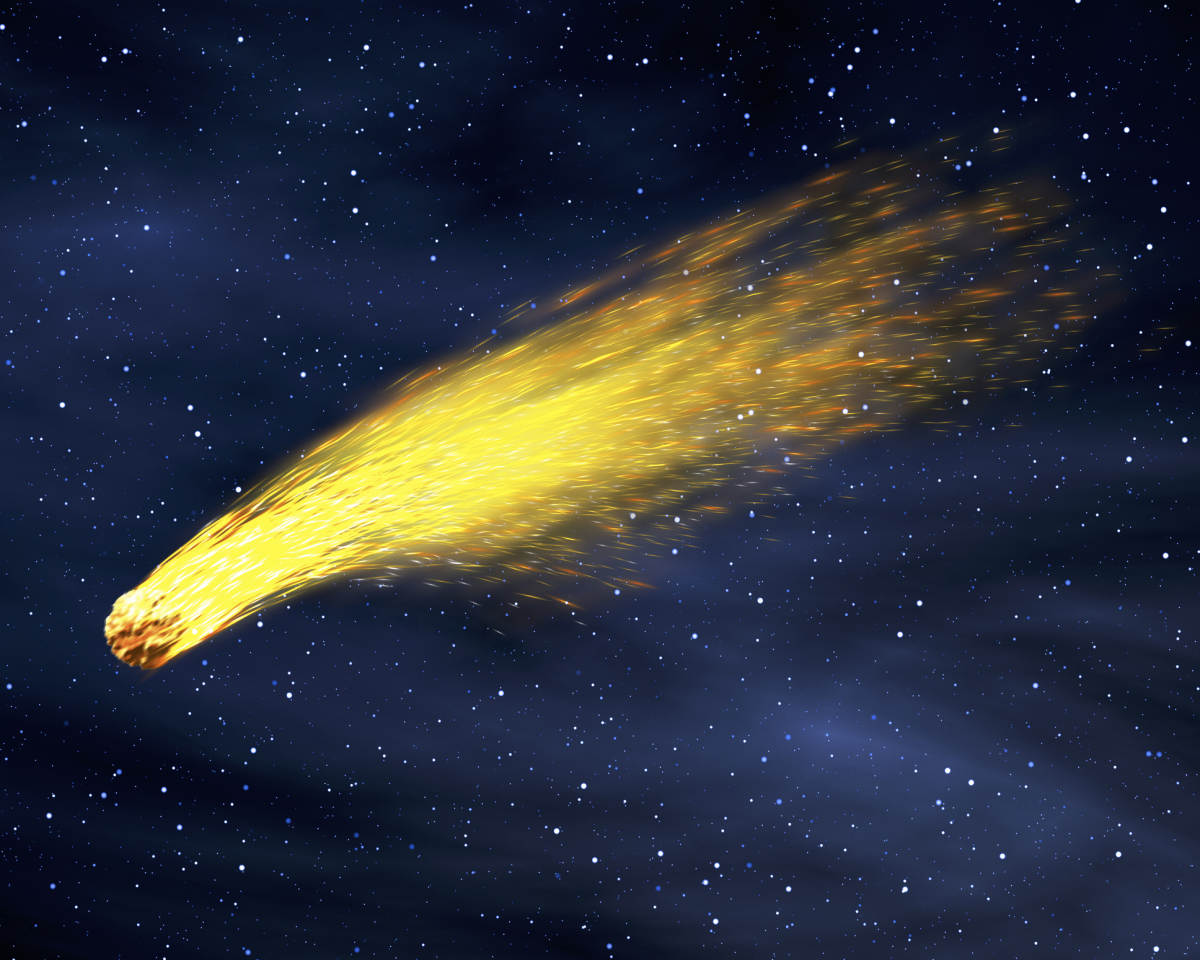
While two other showers are beginning their long run, the peak for the Orionid meteor shower has just passed (October 21-22), but the viewing conditions could not have been better. This fast-moving, medium-strength shower, composed of debris from Halley's Comet, reached its maximum with absolutely no lunar interference, thanks to the New Moon on October 21. Though the official peak has concluded, the Orionids remain active through November 7, and viewers can still catch stray meteors. These meteors are the fastest of the three active showers, streaking across the sky at 41 miles per second. At their height, the shower typically produces about 20 meteors per hour.
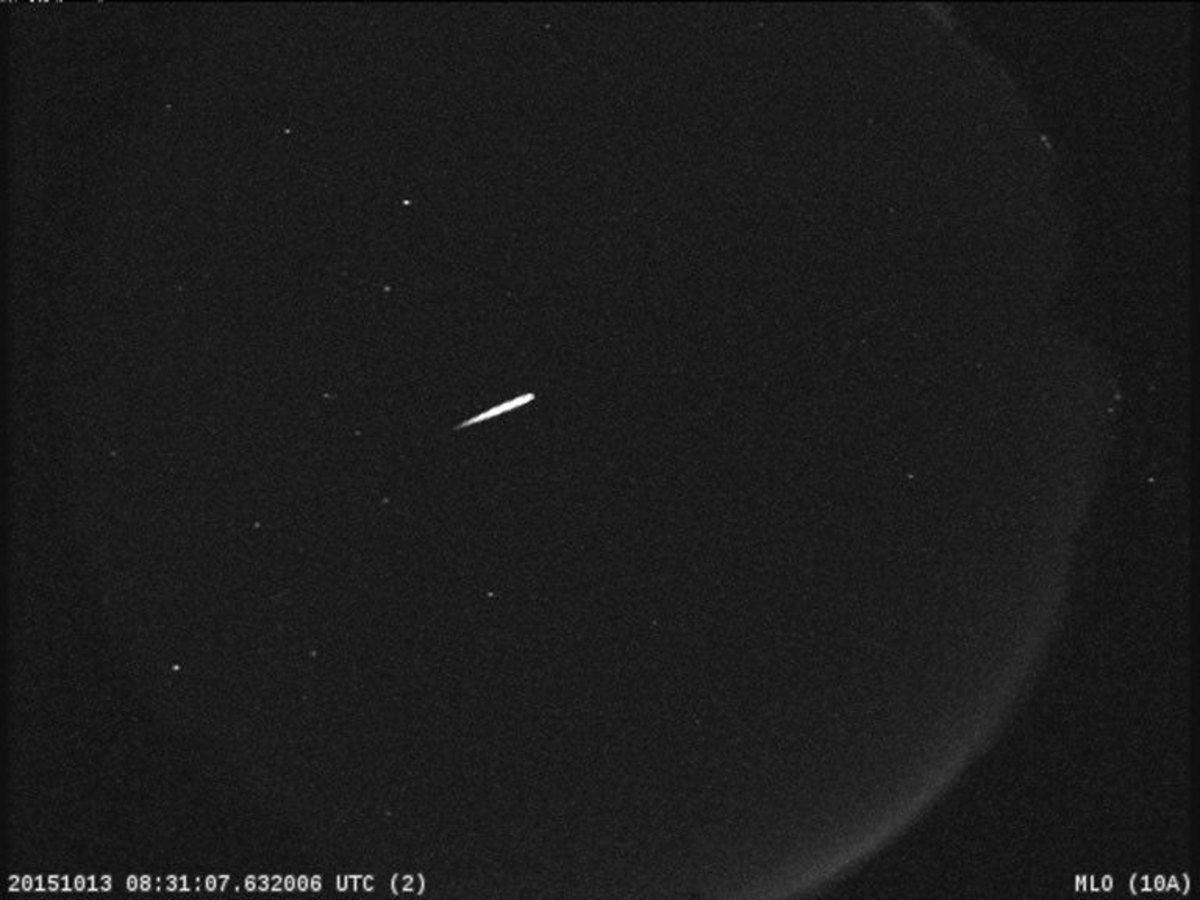
For those planning to observe this active period, simple preparation can greatly enhance the experience. Successfully spotting meteors, especially the relatively modest Taurids, depends primarily on location and patience, according to the Royal Museums Greenwich. First and foremost, find a spot offering a clear, unobstructed view of the sky. The ideal location is far from city lights, ensuring minimal light pollution. Since the Taurid showers are not high-intensity displays, they present a perfect opportunity to simply relax and become acquainted with the night sky. Remember, this activity is best enjoyed with the naked eye; binoculars or telescopes offer no advantage as they restrict your field of view. To see the fainter streaks, you must allow your eyes to fully adjust to the dark. This means avoiding direct sources of light entirely.
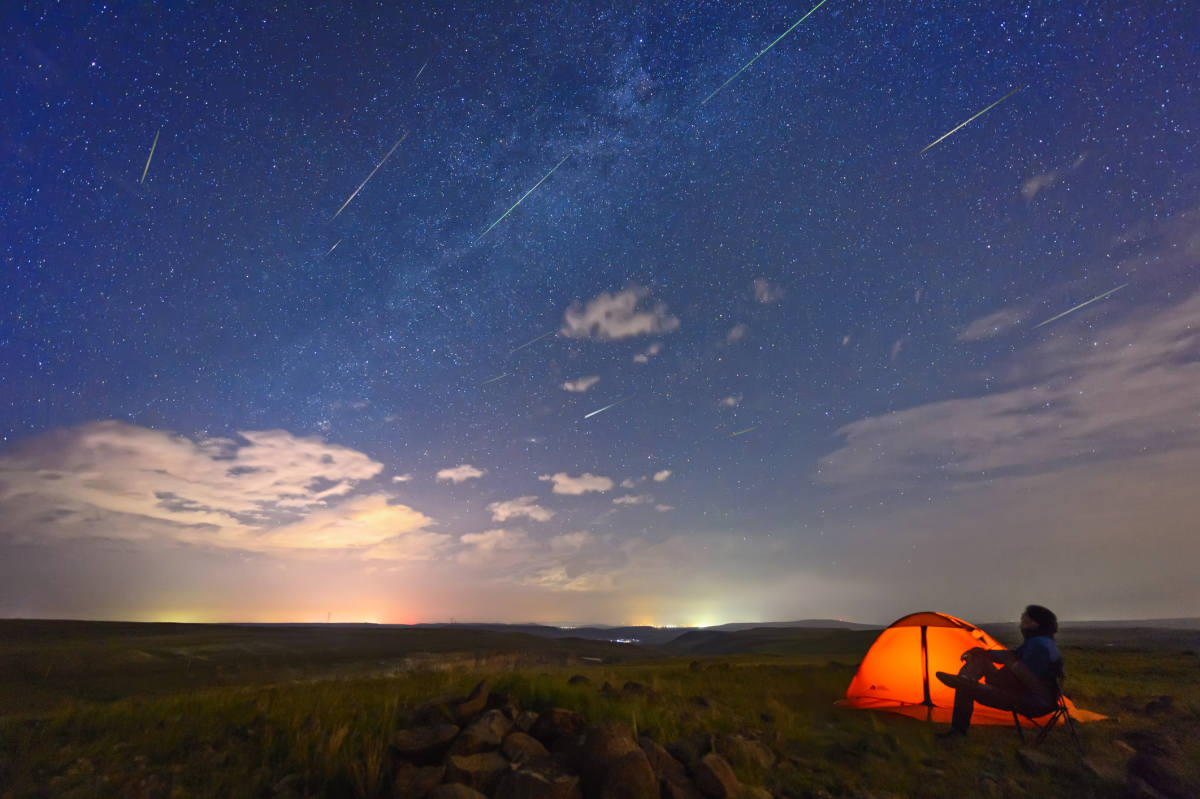
The upcoming Taurid peaks will face natural interference from the moon. The peak on November 4-5 will occur near the Full Moon, which will cause significant natural glare and wash out fainter meteors. The peak on November 11-12 will take place during the Last Quarter phase of the moon, meaning viewing conditions will still be less than ideal compared to a dark sky. Despite the lunar glare during the peaks, the occasional fireballs for which the Taurids are known should still be visible, making the effort worthwhile.
More on Starlust
Watch out for fireballs as Taurid meteor shower 2025 set to begin on October 20
October 2025 skywatching guide: Harvest Supermoon, Draconid meteor shower and more
